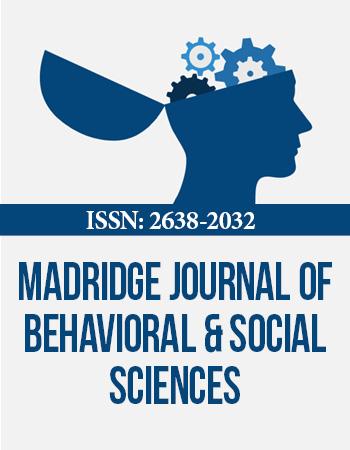International Conference on Alzheimerʼs Disease & Associated Disorders
May 7-9, 2018 Rome, Italy
Copper Homeostasis in Relation to Cognitive Dysfunction in Neurodegenerative Disorders
IRCCS Istituto Centro San Giovanni di Dio- Fatebenefratelli, Italy
Trace metal dyshomeostasis has been linked to cognitive deterioration and in particular a disturbance in the regulation of copper (Cu). Excess Cu not bound to ceruloplasmin (non-Cp Cu, also referred to as ‘free’ Cu), is thought to play a role in the development of Alzheimerʼs disease (AD). Non-Cp Cu is redox active and its toxicity results from its ability to accelerate oxidative stress via Fenton-like and Haber Weiss chemistry reactions.
The plasma component of non-Cp Cu is composed of Cu loosely bound to albumin, transcuprein, peptides and amino acids and it is exchanged among them. It makes up 5-10% of plasma Cu in normal condition. If the non-Cp Cu pool becomes expanded, this Cu becomes toxic, as exemplified by Wilsonʼs disease and reported in AD and other neurodegenerative diseases.
Non-Cp Cu may serve as a biomarker for cognitive impairment in AD. Elevated levels of non-Cp Cu in serum increase the probability of having AD by approximately three-fold. Subjects with mild cognitive impairment (MCI, a prodromal stage of AD) have elevated non-CpCu levels and a hazard rate of conversion to AD three times higher than those with normal non-CpCu values. These results suggest that abnormalities of Cu act at early stages of the disease. This concept is further supported by the finding that an increased frequency of variants in the ATP7B gene, which is a major regulator of non-Cp Cu levels, associates with the risk (odds ratio from 1.63 to 5.16) of having AD. Non-Cp Cu appears to be increased also in Parkinsonʼs disease and in corticobasal degeneration but not in frontotemporal lobar dementia.
Recent studies support the existence of a Cu subtype of AD, typified by increased levels of non-Cp Cu, exhibiting peculiar ATP7B gene, neurophysiological and neuroimaging patterns.
Biography:
Rosanna Squitti, PhD, works in Italy with Fatebenefratelli Institutes, and she is visiting Scholar at the University of Miami (Fl, US). She is author of more than 100 peer reviewed publications and 2 patents. She contributed to the understanding of Alzheimerʼs disease (AD) by demonstrating the existence of a copper imbalance in AD, consisting in systemic excess copper not bound to ceruloplasmin (non-Cp Cu) and decreased protein-bound copper in the brain. She demonstrated that ATP7B gene, which is a major regulator of non-Cp Cu levels, associates with the AD risk, supporting the existence of a Cu subtype of AD.


